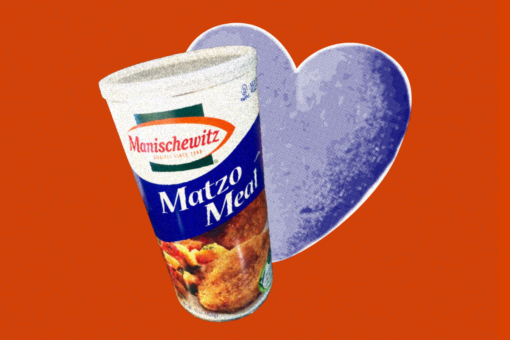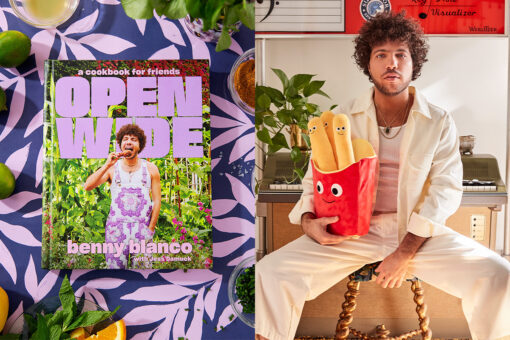I spent my weekend binging on Spike Lee’s new Netflix show, a 2017 revamp of his 1986 movie She’s Gotta Have It. My fiancé Tony thought I might like it. I couldn’t stop watching.
The series begins when black Brooklyn artist Nola Darling (DeWanda Wise) sits up straight in her “loving bed,” flanked by candles, and declares, “The only reason I’m doing this is ’cause folks think they know me. They think they know what I’m about, and the truth is, they don’t know me.”
The more we get to know Nola, the more I like her. Nola is a captivating protagonist: complex, unapologetic, bold, striving, passionate, sexual, and imperfect.
I see myself in Nola. I moved from Brooklyn to Manhattan a few months ago, and the show’s stunning, loving shots of Fort Greene, Downtown Brooklyn, and Brooklyn Heights make me want to move back ASAP. There’s a subplot about gentrification, and an overabundance of real estate porn. I kept asking Tony, “When we get rich can we live there? Or there? Or there?” (He said sure!)
Nola calls herself a “sex positive, polyamorous pansexual,” and reminds the audience, in one of many of Lee’s classic direct-to-camera monologues, “I’m not a freak, I’m not a sex addict, and I’m damn sure nobody’s property.”
Nola is seeing three men. There’s Jamie Overstreet (Lyriq Bent), a grownup in a failing marriage with a thing for poetry; Greer Childs (Cleo Anthony), a narcissistic male model who sees Nola’s unwillingness to commit as a game; and my favorite, Anthony Ramos as Mars Blackmon, a goofy stoner bike messenger who has a killer collection of Jordans and makes Nola laugh. There’s also a female love interest, Opal Gilstrap (Ilfenesh Hadera), a badass lesbian with her shit together: Opal has a daughter, a beautiful brownstone (again, so many drool-worthy apartments!), and a plant nursery.
Opal is a sort of beacon of what Nola might one day become, an emotionally mature woman with a big, together adult life. But for now Nola is 27, and 27 is hard. Nola is late all the time. She is hustling to pay her Fort Greene rent, which is constantly overdue. (How does she have such a lovely apartment? She keeps getting flyers that offer to “sell now for cash!” Mars wants to move in, and so do I.)
“Work the hustle, don’t let the hustle work you,” one of her bosses tells Nola. It’s such good advice, I wrote it down. Nola works as a dog-walker, an art teacher, and a painter, yet she still has time for her four lovers and her friends. She leads a big, full life.
I relate to Nola’s ambition, and to the roller coaster ups and downs of trying to make it as an artist. A negative review of her art show feels like a punch in the gut. When she receives a prestigious award, Nola jumps up and down on her loving bed in total glee. She’s worked seriously hard for that recognition.
When Nola gets attacked on the street, she channels her anger into her art. She sees a therapist. She also maces an innocent dude in a moment of panic. She keeps on keeping on. This feels tough, messy, and true. #MeToo.
The struggle is real, but so is the joy. I love how the player trope is turned on its head — I can’t think of another woman protagonist who is having so much sex and so much fun, in a way that feels actually sexy, plausible, and complicated.
But are the men serving Nola’s art, her self-actualization, or are they getting in her way? Are they three unique channels of inspiration, or are they a three-headed monster, as her therapist posits?
They’re both, of course. I dated a lot of men in my early and mid-20s. Like Nola’s men, they were super different from each other, and from me. There was an Israeli chef, a Texan architect, a muscly firefighter with a drinking problem, and briefly, a trapeze artist. None of these people were ultimately right for me, but I hope I learned something from each of them. I had fun, but I also had heartbreak, loneliness, awkwardness, and disappointment. One of the things I told myself was that these guys would make for good material. Often they did!
Where Nola gets in trouble is with all her labels and rules — for example, she only has sex in her loving bed. The rules are a desperate and ineffective attempt to control the messiness of the life she has created. They’re hollow. “If they want to deal with me, it has to be on my terms, or it ain’t gonna happen,” she says. But she toys with the hearts of her lovers. She answers the phone to chat with one while in bed with another. She has a lot to learn. We all do!
I’m not polyamorous. I’ve found more happiness than I thought possible with one dude. He’s gorgeous but not vain, goofy but serious when the moment calls for it, and I trust him completely. If you’re yawning already, I understand. Such wonderfulness makes for a pretty boring story.
Maybe my “happily ever after” is the very trope that She’s Gotta Have It is slamming. Independent, progressive women certainly don’t need one man — or three — to be whole. But I can’t help thinking that if Nola could find someone successful like Jamie, charming like Greer, reliable like Opal, and genuine like Mars, her life would be a little easier and a lot happier. Until then, I hope she explores it all through her art, which will get better and better, and enjoys the hell out of her enviable apartment and glorious life.



